How Often Should Your Horse Be Re-Shod?
Updated on 04/26/24
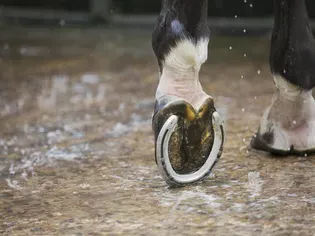
Equine Hoof Health: A Comprehensive Guide to Re-Shoeing Frequency
The frequency with which your horse requires re-shoeing is a crucial aspect of maintaining its hoof health and overall well-being. Understanding the factors that influence re-shoeing intervals can help you create an optimal schedule that meets your horse's specific needs. This in-depth guide will delve into the intricacies of re-shoeing frequency, providing you with evidence-based insights and practical advice.
Factors Influencing Re-Shoeing Frequency
* Breed and Discipline: Different breeds and disciplines impose varying demands on a horse's hooves. Horses used for heavy draft work, jumping, or racing may require more frequent re-shoeing than those engaged in leisurely activities.
* Hoof Growth Rate: The rate at which a horse's hooves grow varies considerably among individuals. Factors such as age, nutrition, and genetics influence growth rates. Horses with faster-growing hooves may need to be re-shod more often.
* Shoe Type and Material: The type and material of the shoes your horse wears can impact re-shoeing intervals. Steel shoes tend to wear out faster than aluminum or composite shoes. Similarly, horses wearing corrective shoes may require more frequent adjustments.
* Environment and Terrain: Horses working on abrasive surfaces, such as gravel or sand, may experience faster shoe wear compared to those on softer terrain.
Determining Re-Shoeing Intervals
Frequency varies based on individual factors, but a general guideline is to re-shoe your horse every 4-6 weeks. However, it's important to consult with a qualified farrier to assess your horse's specific needs. Here are some scenarios to consider:
* Young Horses: Colts and fillies have rapidly growing hooves and may require re-shoeing every 3-4 weeks during their first year.
* Mature Horses in Regular Work: Most adult horses engaged in moderate work should be re-shod every 5-6 weeks.
* Performance Horses: Horses involved in strenuous activities may need their shoes reset or replaced more often, possibly every 4-5 weeks or even sooner.
* Horses with Hoof Problems: Horses with hoof issues, such as laminitis or thrush, may require special shoes and more frequent re-shoeing to promote hoof health.
Signs Your Horse Needs Re-Shoeing
* Uneven Hoof Wear: As hooves grow, their shape can become uneven, affecting the horse's stance and gait.
* Loose or Lost Shoes: If a shoe loosens or falls off, it's important to have it replaced promptly to prevent damage to the hoof.
* Changes in Gait: A horse may exhibit lameness or altered movement patterns if its shoes are not properly fitted or have become worn.
* Excessive Hoof Growth: Long, overgrown hooves can lead to various foot problems, warranting immediate attention from a farrier.
Benefits of Regular Re-Shoeing
* Improved Hoof Health: Regular re-shoeing helps maintain proper hoof balance, preventing abnormal wear patterns and associated hoof issues.
* Increased Comfort: Well-fitting shoes provide support and protection, reducing discomfort and risk of injury.
* Optimal Performance: Horses with properly shod hooves can move more efficiently and perform better in their respective disciplines.
* Prevention of Hoof Problems: Regular re-shoeing helps detect and address potential hoof problems early on, preventing more serious issues.
Conclusion
Determining the appropriate re-shoeing frequency for your horse requires a comprehensive understanding of its individual needs. By considering the factors discussed in this guide, you can work in partnership with a qualified farrier to create a personalized re-shoeing schedule that promotes optimal hoof health and well-being. Regular re-shoeing is an essential aspect of responsible horse ownership, ensuring comfort, performance, and longevity for your equine companion.
Explore More Pets

Pony Breeds
The Difference Between Horses and Ponies

Horse Diseases & Conditions
What Do I Do If My Horse Colics?
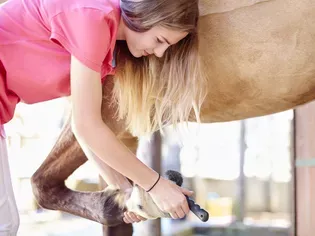
Pony Breeds
Horse and Pony Care by the Day, Week, Month and Year
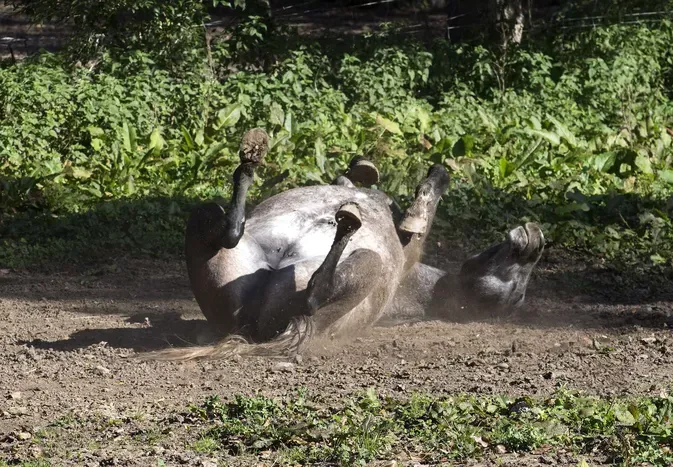
Horse Grooming
Mange in Horses
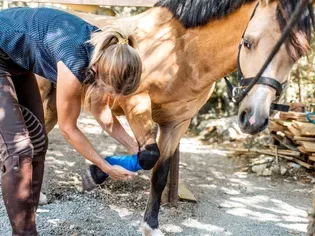
Horse Diseases & Conditions
Grease Heel in Horses
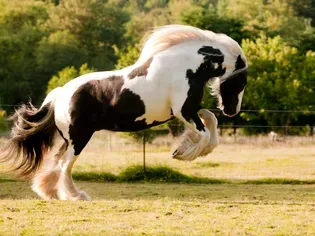
Light Horse Breeds
Gypsy Vanner Horse Breed Profile
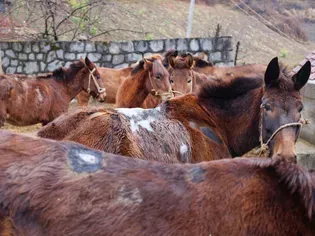
Horse Diseases & Conditions
Girth Galls and Saddle Sores
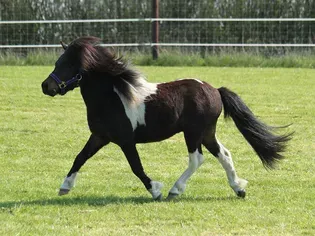
Pony Breeds
Shetland Pony Breed Profile